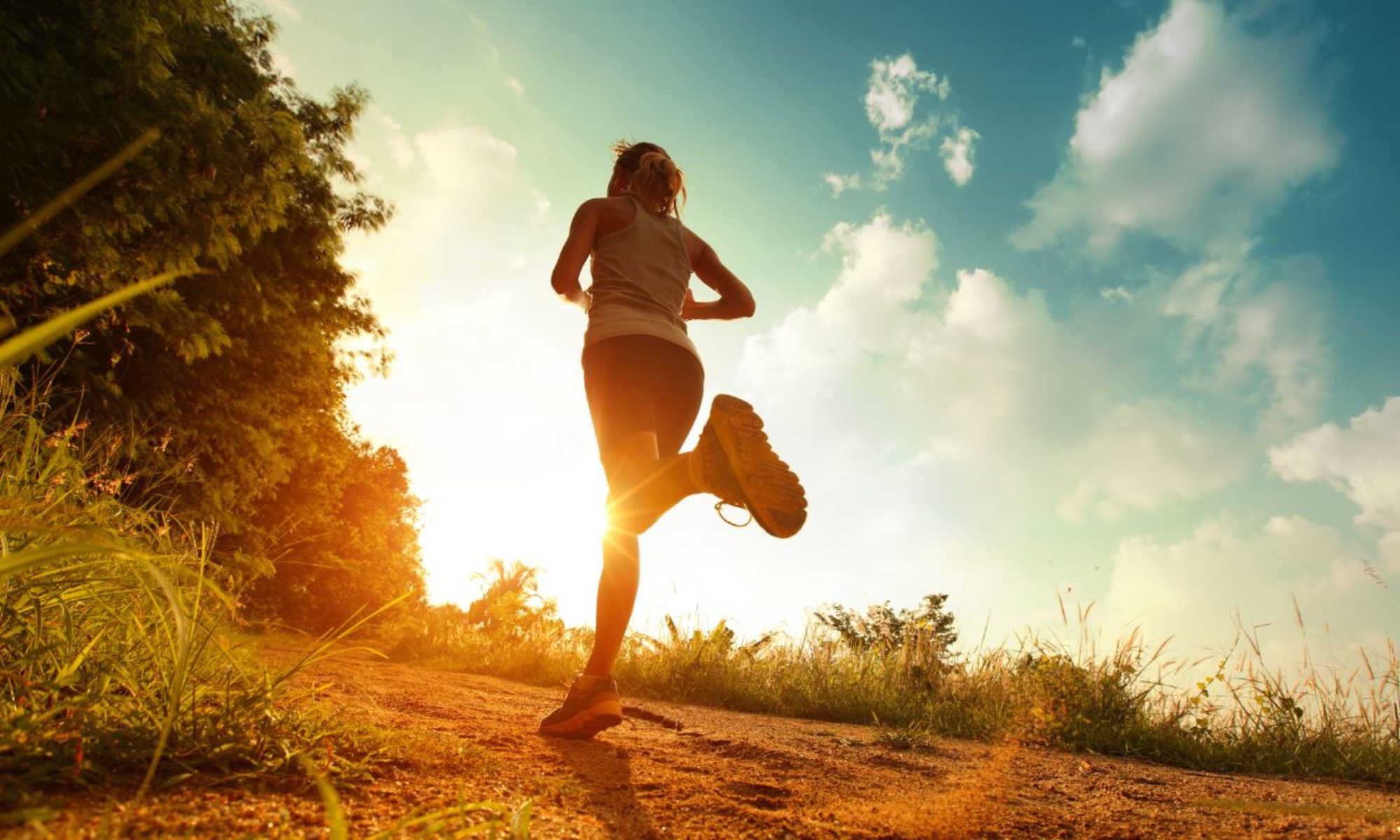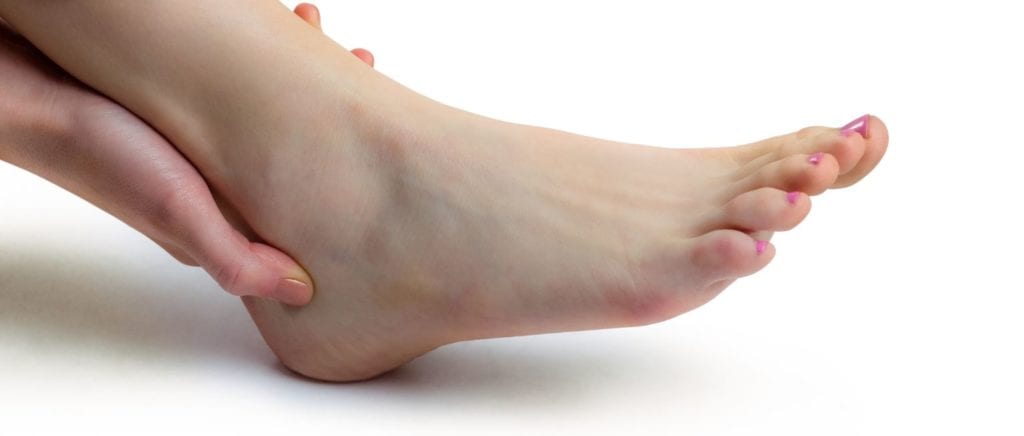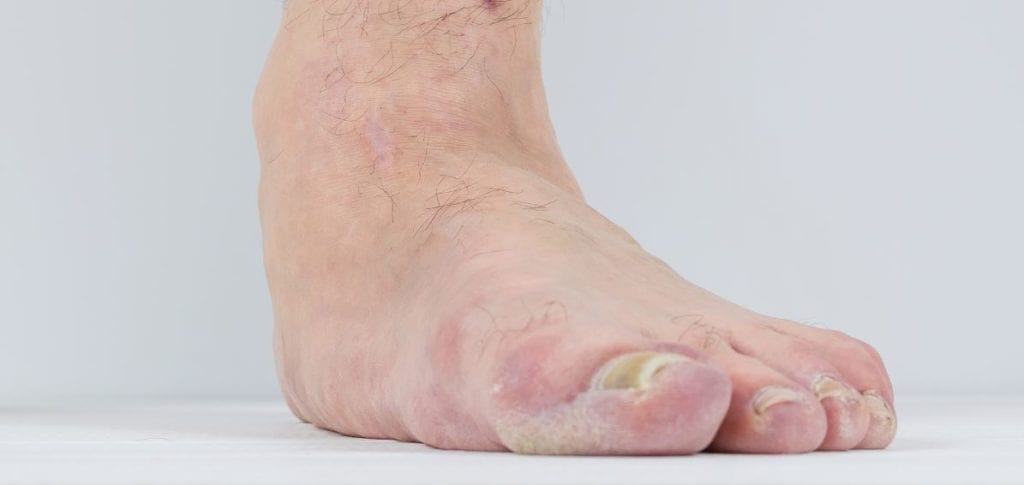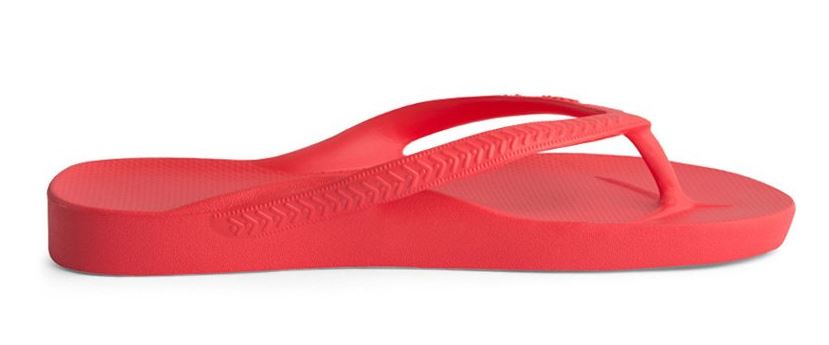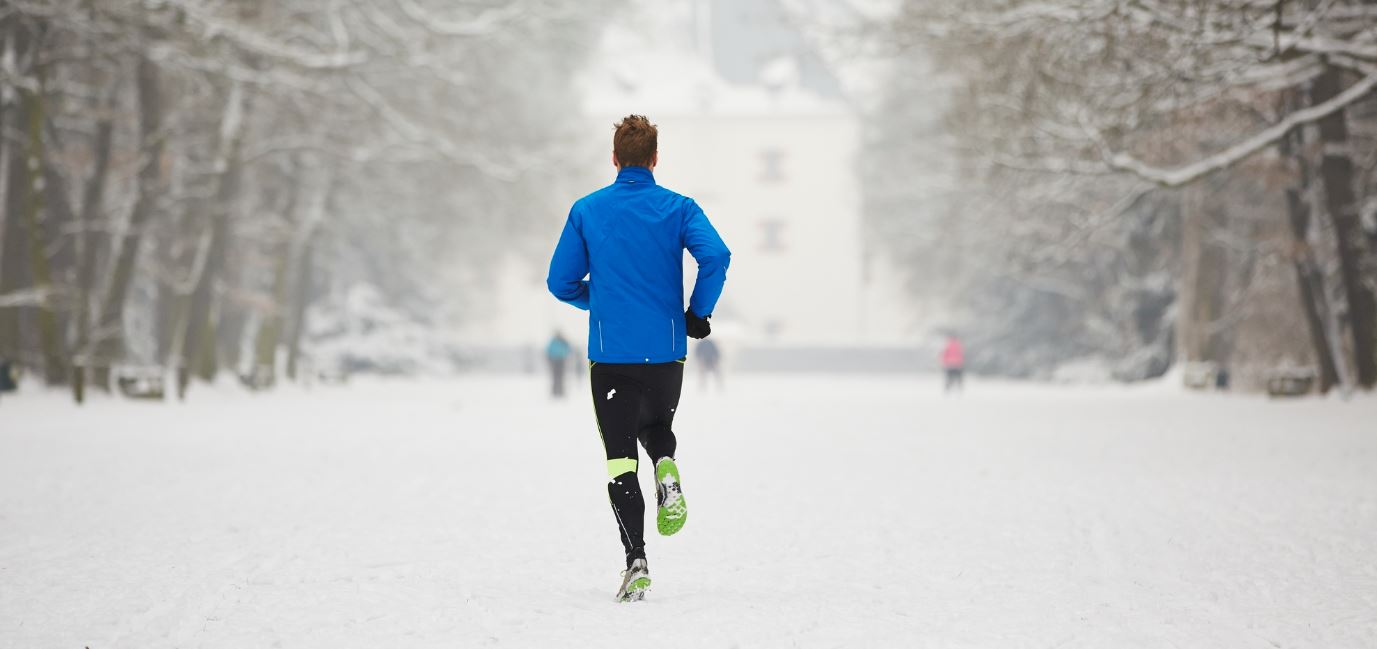Abebe Bikila was an Ethiopian runner who won the Rome Olympics marathon on 10 September 1960 running barefoot. He was a last minute addition to the team and the teams sponsor, Adidas, did not have enough time to organize running shoes for him. They had only two pairs left, of which neither was fitted him. He decided he would then run the race barefoot. At the subsequent Olympics in Tokyo in 1964, he again won the marathon, but did it this time wearing running shoes and ran faster. He died in 1973 at the age of 41 from complications following a motor vehicle accident. Abebe Bikila is honored and revered in Ethiopia with a stadium named after him..
Abebe Bikila has a special place in the history of running, especially from those who advocate and promote barefoot running as they hold him up as evidence that a marathon can be run barefoot. In that community he is worshiped with an almost god like status. There was a fad a while back for doing away with running shoes and running barefoot. This was driven by a lot of websites, forums, books and social media commentary as something that was beneficial and better for runners. Lots of unsubstantiated claims was made for barefoot running, none of which stood up to subsequent scrutiny. This fad last a few years, probably peaking around 2013-14 with probably around a quarter of runners trying or having a go at it in some form. The fad quickly dropped off when most runners who tried it got an injury or realized that it did not live up to all the claims that got made for it. It has now been relegated to the history books, with only a handful of hardcore barefoot runners enthusiasts still doing it.
There was a lot of research done on barefoot running that those who like to support and advocate barefoot running held this research up as evidence that barefoot running was better for you. However, the research never actually showed that at all and was widely misinterpreted. All the research showed was that barefoot running was different to running in running shoes and that was all.
